(Sustainable Museums) As we face the problems of climate change, everyone must do their part to reduce their environmental effect. From carbon-neutral resorts to cutting-edge new developments to green museums, the attractions industry has witnessed more sustainable projects than ever before in recent years. One of the most important ways for museums to demonstrate their sustainability is to ensure that their structures are ecologically friendly. The Leadership in Energy and Environmental Design (LEED) accreditation is a standard metric for this. Those pursuing this certification can receive points for a variety of green building initiatives. The LEED grading system has four levels: Certified, Silver, Gold, and Platinum. This is a significant step for certain museums because they frequently require precise conservation conditions to maintain their collections. This can be somewhat energy-intensive. In addition, sustainable Museums have a part in climate change teaching and outreach efforts and sustainable building design. As a result, they can bring attention to important concerns and motivate their communities to make positive changes.
10 Sustainable Museums You Must Visit In This Lifetime
We provide you with a list of 10 such sustainable museums from around the world.
- The California Academy of Sciences has received platinum LEED accreditation and claims to be the world’s greenest museum. The Renzo Piano-designed museum first opened its doors to the public in 2008. It contains a variety of environmentally friendly features, including a 2.5-acre Living Roof and a cutting-edge basement. The Living Roof, surrounded by solar panels, collects rainwater, offers insulation to save energy, and converts carbon dioxide into oxygen. It contains around 1.7 million plants, making it a haven for birds, insects, and other wildlife. Aside from that, the Academy aims to enhance biodiversity awareness. It’s a component of many conservation efforts, including a breeding programme for endangered African penguins.
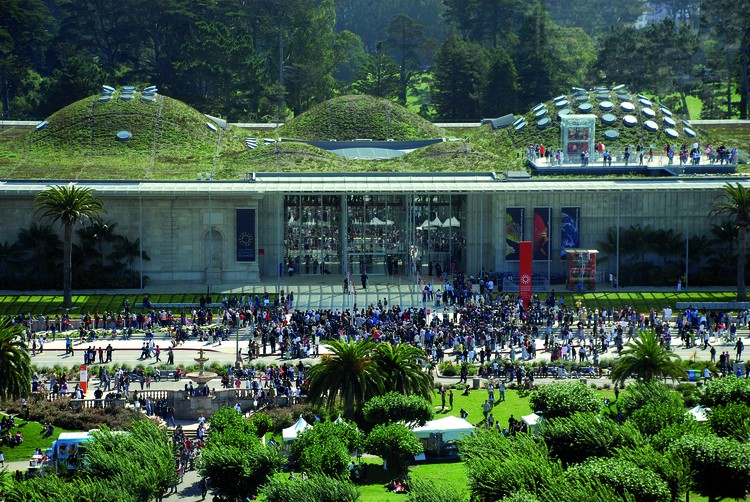
- The Museu do Amanha (Museum of Tomorrow), Brazil first opened its doors in 2015, and it was built with sustainability in mind. It has solar panels that move with the sun and an air conditioning system that cleans and returns water from neighbouring Guanabara Bay to its source. Rainwater is also collected and reused. Every year, the museum saves around 9.6 million litres of water and 2,400 megawatt-hours of electricity. The museum’s content is also primarily concerned with environmental issues, in addition to sustainable design.
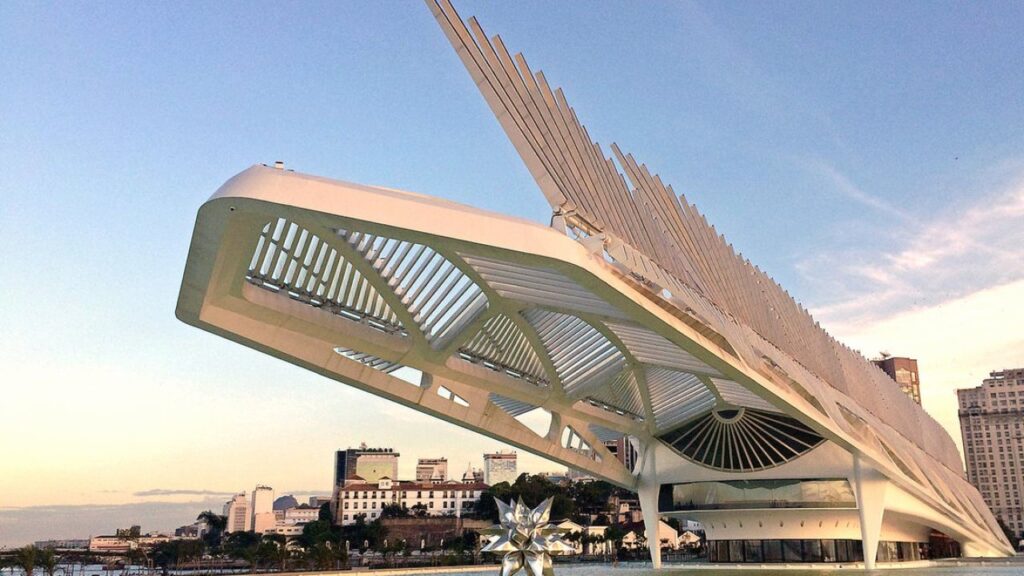
- The Exploratorium aspires to be one of the world’s first and largest zero-energy museums. A historic building at San Francisco’s Pier 15 was renovated and preserved as part of this project, using recycled materials. The structure is now LEED Platinum certified. Solar panels on the museum’s roof generate about 2,000 MWh of sustainable energy each year. The museum claims that it produced 76 percent of its energy needs on-site in 2018 due to this, as well as its energy-efficient architecture.
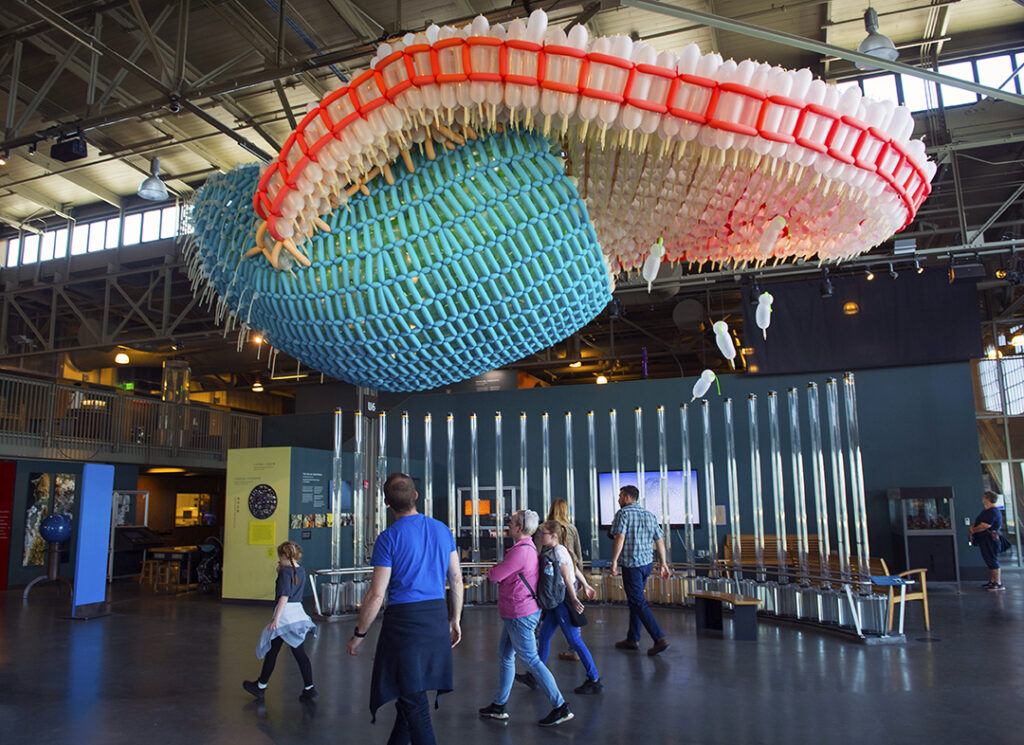
- Muse, Trento, Italy- Another category of LEED gold-certified sustainable museums is this Italian science museum. It opened in 2013 and employed cutting-edge technology to reduce its environmental impact. Renzo Piano-designed it, and it runs on a variety of sustainable energy sources, including solar power. Furthermore, design components such as windows, wall thickness, and blinds contribute to energy efficiency. Rainwater is also reused in the toilets, greenhouse, and aquarium. To reduce pollution from transportation, locally sourced materials were used whenever possible. The museum also encourages visitors to think about their journey. A few parking spaces are available; however, the museum is easily accessible by bike or public transportation.
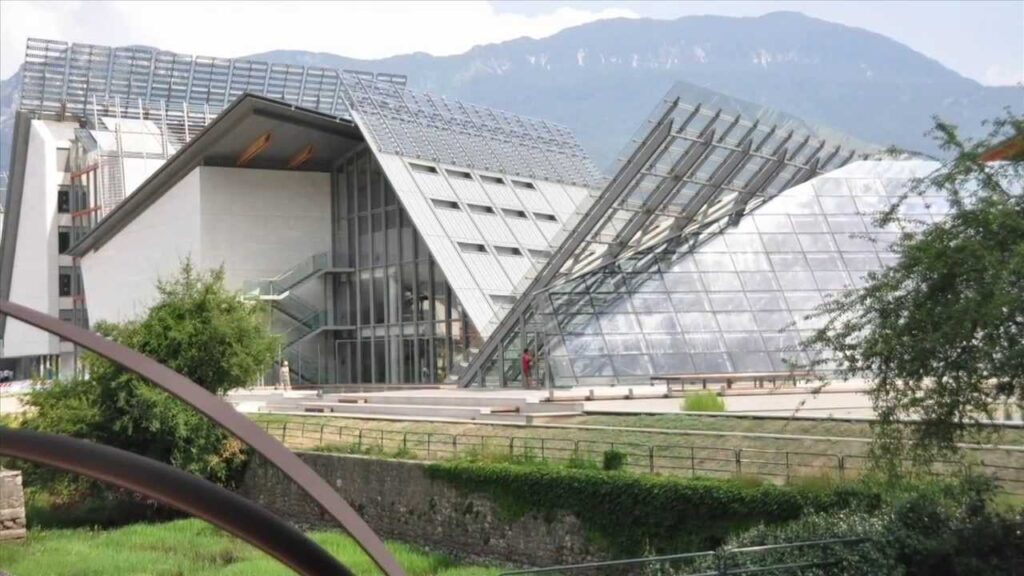
- The Smithsonian National Museum of the American Indian, Washington D.C., USA- The National Museum of the American Indian aims to build a fuller shared human experience via knowledge of Native peoples in collaboration with Native peoples and their allies. Native peoples have a long history of environmental stewardship and protection. As a result, the museum’s sustainability is a major concern. In 2011, the building received a LEED silver rating from the U.S. Green Building Council. It was then recertified at the gold level in 2016. One way the museum can keep itself accountable is to maintain certification. However, in conjunction with four Native groups, it has initiated a study that tracks how they are adjusting to environmental changes. This attempts to educate people about the current environmental concerns that American Indians are dealing with.
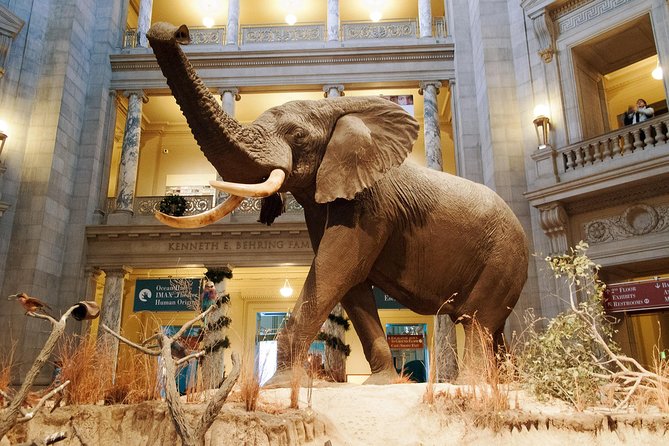
- Prado Museum, Madrid, Spain- A new museum from the ground was constructed by the California Academy of Science through which they were able to satisfy their sustainability goals. For heritage structures, however, this is not always practicable. However, like the Prado Museum in Spain demonstrates, renovation projects can be an opportunity to add more ecologically responsible architecture. The museum collaborated with the Fundación Iberdrola in 2015 to install a new; more environmentally-friendly LED lighting system. This resulted in a 75 percent yearly energy savings and a reduction of 320 tonnes of CO2 emissions.
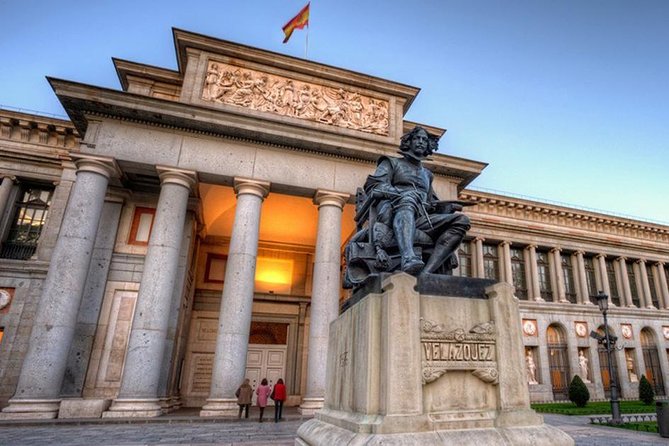
- The Museum of Liverpool, located on the city’s UNESCO World Heritage waterfront, one of the most sought after sustainable museums, heralded a new chapter in sustainable building projects when it opened in 2011. The design includes an energy-efficient ‘trigeneration’ plant, a combined heat and power system that provides heat, cooling, and electricity while reducing CO2 emissions by 884 tonnes per year. This plant is powered by a combination of low-carbon fuels and renewable energy. National Museums Liverpool is also one of several organisations worldwide to proclaim a climate and ecological emergency.
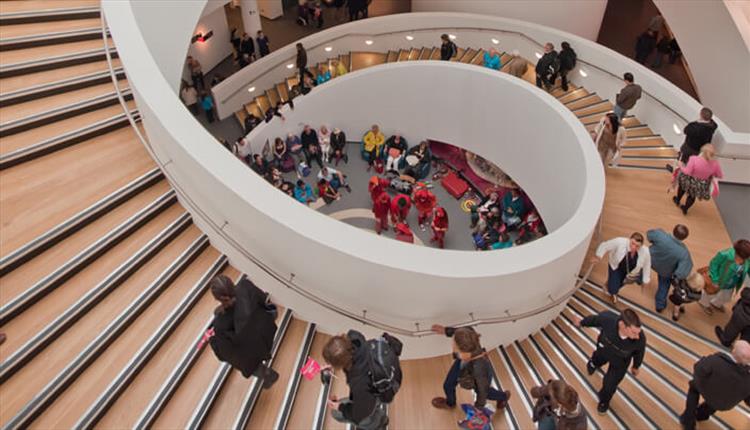
- Terra – The Sustainability Pavilion, Dubai, UAE- While not exactly a museum, Terra, the Sustainability Pavilion, will combine immersive experiences and exhibits to assist visitors in learning about ecology, sustainable technologies, and design. When Expo 2020 Dubai begins later this year, it will play a crucial role. Director John Bull said in a leading interview- “Every single person has the potential to make a difference. Each of us may make a tremendous difference by doing little things in our daily lives. But we also need to understand that we shouldn’t feel powerless; we should feel empowered. By coming together, we gain agency as well. These major challenges must be addressed on a larger basis, but what role do governments play in this? They are the people’s representatives. Expo 2020 Dubai aims to bring people together to discuss issues and find solutions. There is hope if we can do that and speak with one voice to recommend a new path forward”.
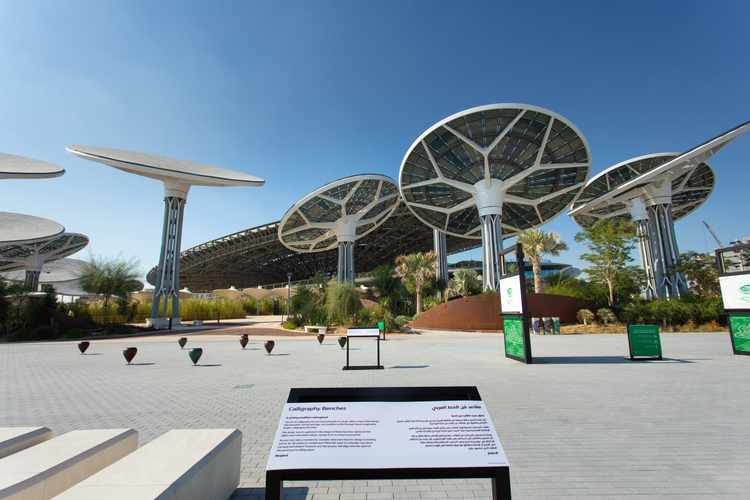
- One of the best sustainable museums in terms of both design and content, the Boston Children’s Museum. Stormwater reclamation, efficient lighting, real-time heating and cooling, and green housekeeping are all components of the LEED gold-certified structure. It also boasts a 6,400-square-foot green roof covered in plants and organic materials and serves to insulate the structure. In addition, the green roof collects rainwater and helps to minimise pollution. With its Green Trail, the museum highlights these sustainable design principles to young visitors around the premises. Each stop on the path explains how these elements work and proposes methods for individuals to make their own homes and communities greener.
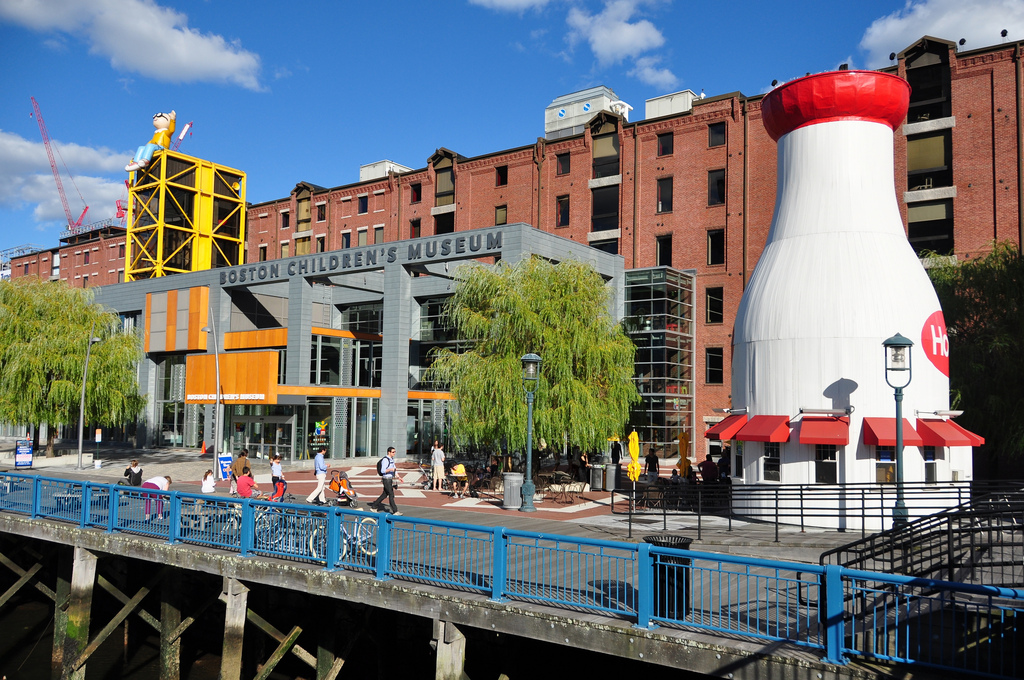
- The Ningbo History Museum, China has a one-of-a-kind design of sustainable museums by Wang Shu, the 2012 Pritzker Prize-winning architect. The structure was constructed using traditional techniques from rubble leftover from demolition sites throughout the region. The objective was to make a statement on the country’s modern practice of demolition and reconstruction while also utilising the resources that were already accessible. The art and culture of China’s Ningbo region are explored in this museum, which resembles an upside-down mountain.
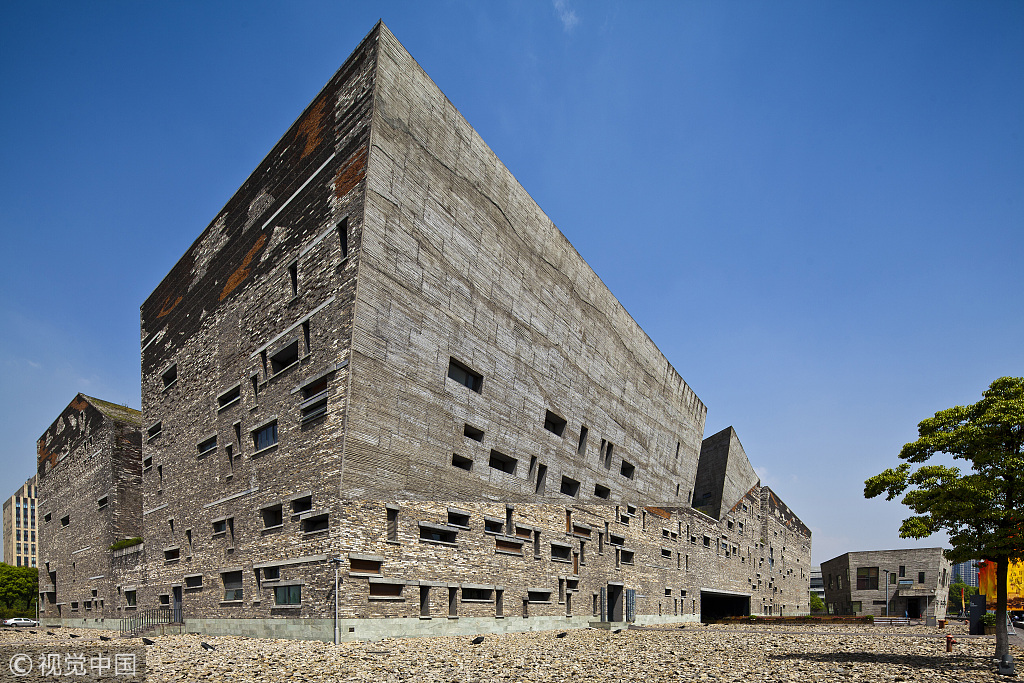
Conclusion
Sustainability has taken its place in almost every aspect of life. For example, the concept of sustainable museums in the tourism and attractions industry has helped people realize the importance of environment conservation and the environmental issues the world is facing today. With their eco-friendly design and structure, sustainable museums are also educating communities to make their surroundings cleaner and adapt to a zero-waste lifestyle.
For more information -visit -BuzzonEarth

